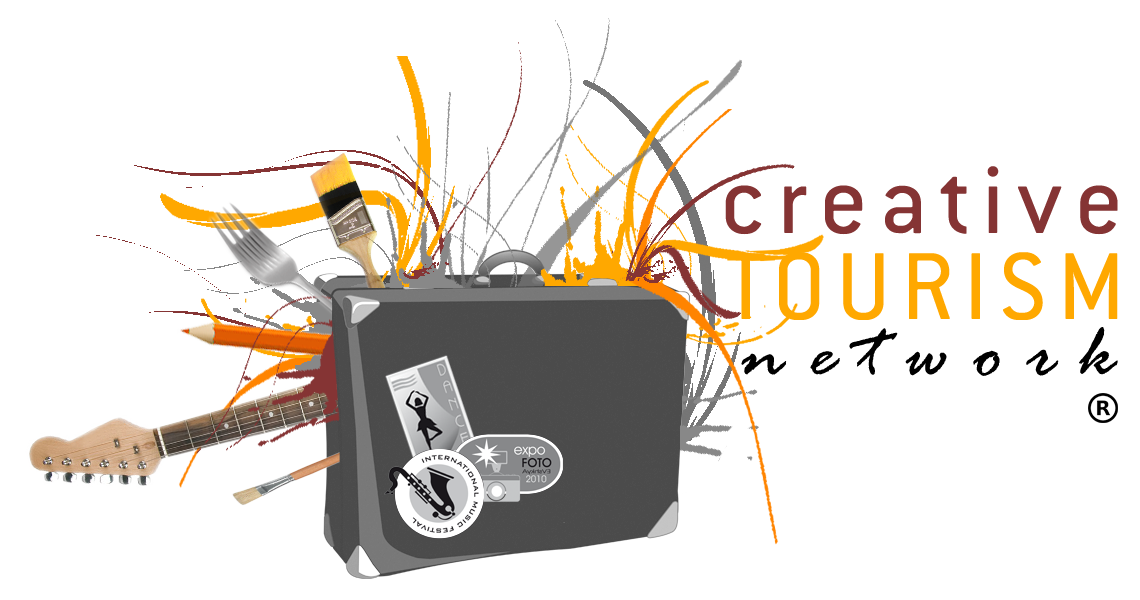Charter for the “Best Practices of the Creative Tourism“
One of the missions of the Creative Tourism Network® is to elaborate and to garantee the respect of the Good Practices of the Creative Tourism.
As an increasing sector, it requires to be protected from any forms of intrusisme which could lead to a misuse of the concept, an abusive business of supposedly experiences and the loss of values inherent to the creative tourism (in terms of sustainability, local community’s empowerment, economic dynamization, intangible heritage preservation, etc. ).
That’s why, the Creative Tourism Network® acts as an observatory that elaborates a work-in-progress charter and reward the best practices through the “Creative Tourism Awards“.
 INTERNATIONAL CONFERENCE ON CREATIVE TOURISM, BARCELONA, DEC. 2010
INTERNATIONAL CONFERENCE ON CREATIVE TOURISM, BARCELONA, DEC. 2010
The redaction of the “Best Practices of Creative Tourism” started within the International Conference of Creative Tourism, held in Barcelona in December 9th-10th of 2010.
It deals with a work-in-progress in which you can take part by sending your proposals to:
info@creativetourismnetwork.org
 BARCELONA EXPERT MEETING, JUNE, 13TH-14TH 2013
BARCELONA EXPERT MEETING, JUNE, 13TH-14TH 2013
Experts from many countries took part in this meeting held in Barcelona in June 13-14th of 2013, organized by ATLAS with the Creative Tourism Network® and headed by the Professor Greg Richards.
Cases of creative tourism from Catalonia, The Netherlands, Hungary, Portugal, Italy, UK, Denmark, Brazil, the USA and Thailand were discussed during this fruitful sessions in which the experts also worked on the “Best Practices of Creative Tourism“.
 BEST INITIATIVE ON RESPONSIBLE TOURISM
BEST INITIATIVE ON RESPONSIBLE TOURISM
The Creative Tourism Network®, was awarded “BEST INITIATIVE OF RESPONSIBLE TOURISM 2013” FOR ITS CODE OF ETHICS OF THE CREATIVE TOURISM SECTOR from the 7th International Conference on Responsible Tourism.
(www.rtd7.org)
THEY SAID ABOUT CREATIVE TOURISM:
-
“Creative tourism does not conform to a single model or perspective, but is rather open and flexible in its adaptation to local contexts”. (Richards and Marques, 2012)
-
“One important aspect is the focus on the process and the contexts more than on the final product, participation, involvement and engagement both from tourists and service providers are features of the co-creation process (Prahalad and Ramaswamy, 2004) where meaningful experiences are constructed. The local community is vital in this process.” (Richards and Marques, 2012)
-
“Without the involvement and participation of the local community, creative tourism would not be difficult, if not impossible, since it emerges in the intermingled spaces of the encounter between tourists and locals.” (Richards and Marques, 2012)
-
“Creative Tourism is a form of networked tourism, which depends on the ability of producers and consumers to relate each other and to generate value from their encounters.” (Richards and Marques, 2012)
